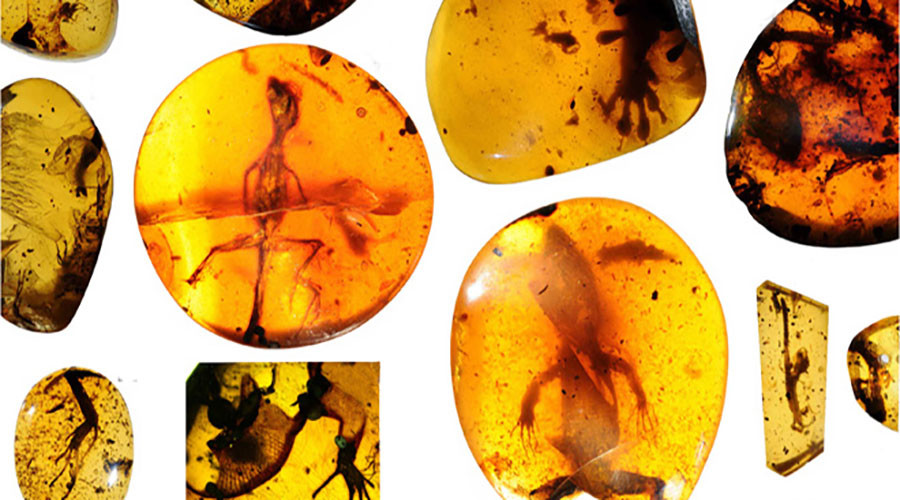“It was incredibly exciting to see these animals for the first time. It was exciting and startling, actually, how well they were preserved,”researcher Edward Stanley said, as quoted by Reuters.
He added that the reptile’s entire body, including its eyes and scales, is preserved in “superb detail.” Usually, reptiles’ bodies decay quickly.
“We can pretty much see how the animals looked when they were alive,” Professor Juan Diego Daza, who led the research, said.
The lizard is thought to have been an infant reptile, living in a tropical forest in territory that is now Myanmar, Southeast Asia.
However, its journey ended when it became trapped in sticky resin.
Other animals trapped in the amber, are a gecko and an arctic lizard, although those are not as ancient as the 99-million-year-old reptile.
What might this amazing discovery lead to?
It could help us learn more about the “lost ecosystem, the lost world” the creatures lived in. Researchers could also find out more about the animals’ modern relatives.
“It’s kind of a missing link,” the professor said, as cited by Reuters.The research was published on Friday in Science Advances journal.
Key: WFS,Riffin T Sajeev,Russel T Sajeev,World Fossil Society



 March 6th, 2016
March 6th, 2016  Riffin
Riffin 
 Posted in
Posted in  Tags:
Tags: 